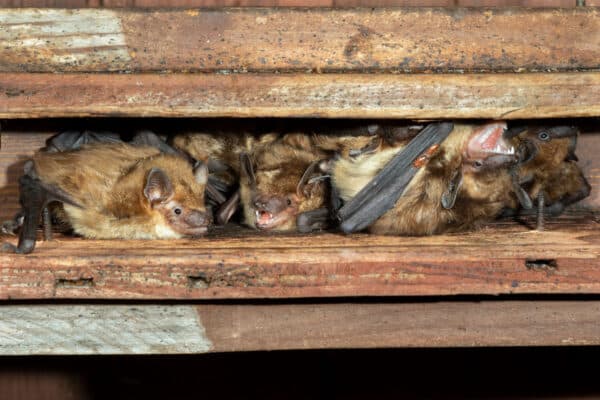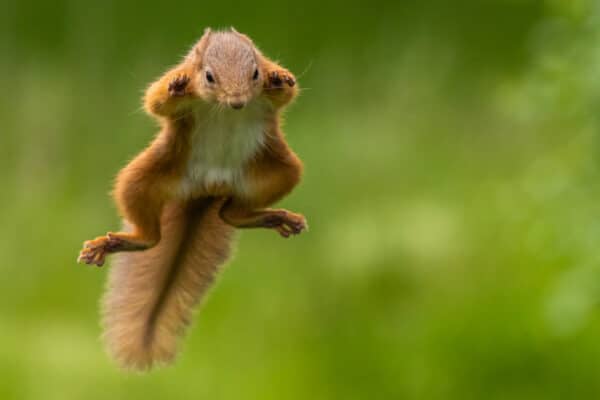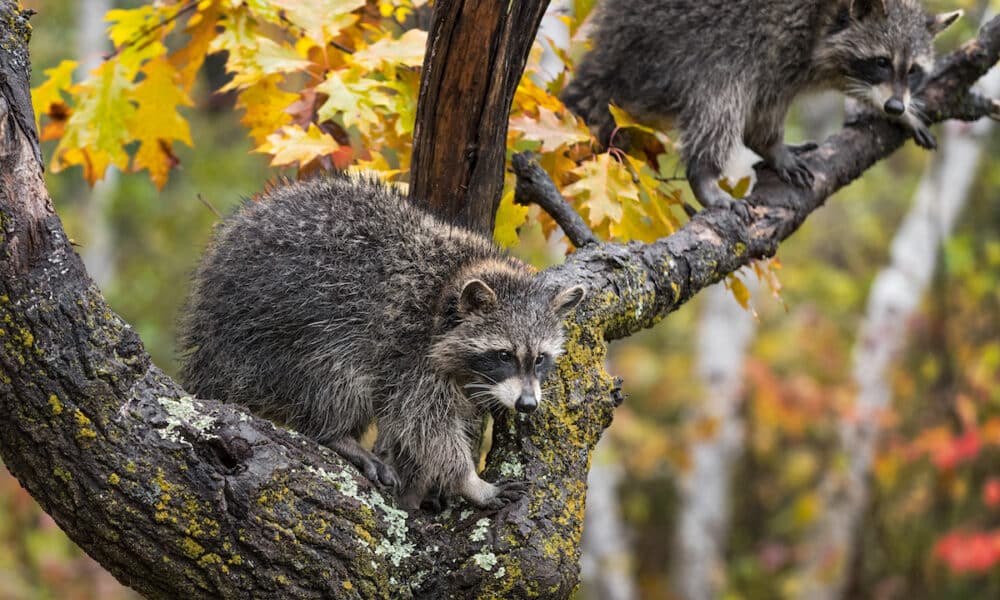
As the seasons shift, so does the behavior of the wildlife around us. These changes in wildlife activity are deeply rooted in the natural rhythms of the environment, influencing migration patterns, mating seasons, food availability, and survival strategies. Whether it’s the crisp air of fall, the chill of winter, or the warmth of spring and summer, each season brings with it unique challenges and adaptations for animals. As a homeowner or business owner, understanding how these seasonal changes impact wildlife is crucial to preventing potential conflicts and managing wildlife intrusion effectively.
This article explores how the changing seasons affect wildlife activity, what to expect from animals during different times of the year, and how Covenant Wildlife can help you address these seasonal shifts.
Spring: Awakening and Rebirth
Increased Animal Activity
Spring marks the time when nature reawakens after the quiet of winter. Wildlife, having spent the colder months in hibernation or survival mode, begins to stir as the days grow longer and temperatures rise. Many animals come out of hibernation, and the increased availability of food encourages greater activity.
- Mating Season: Spring is a time of reproduction for many species. Birds begin their courtship songs, while mammals, such as raccoons and squirrels, seek out mates. This increase in activity may lead to animals becoming more visible around your property.
- Nesting Behavior: Animals begin to build nests and dens to raise their young. Birds may attempt to nest in trees or eaves, while mammals like squirrels may take refuge in attics or chimneys. Homeowners often notice more wildlife attempting to enter homes in spring.
- Searching for Food: With the abundance of new plant growth and insects, wildlife becomes more focused on foraging to replenish energy lost during winter. Animals such as deer, rabbits, and chipmunks are commonly seen scavenging yards and gardens during spring.
Challenges for Property Owners
With increased wildlife activity, spring is a time when animals are more likely to come into conflict with humans. You may see animals nesting in inconvenient places or raiding gardens for food. This is also the time when pests like bats, squirrels, or raccoons look for entry points into homes to create safe spaces for their offspring.
At Covenant Wildlife, we specialize in identifying and sealing entry points to prevent these animals from becoming a nuisance or causing damage to your home during this active period.
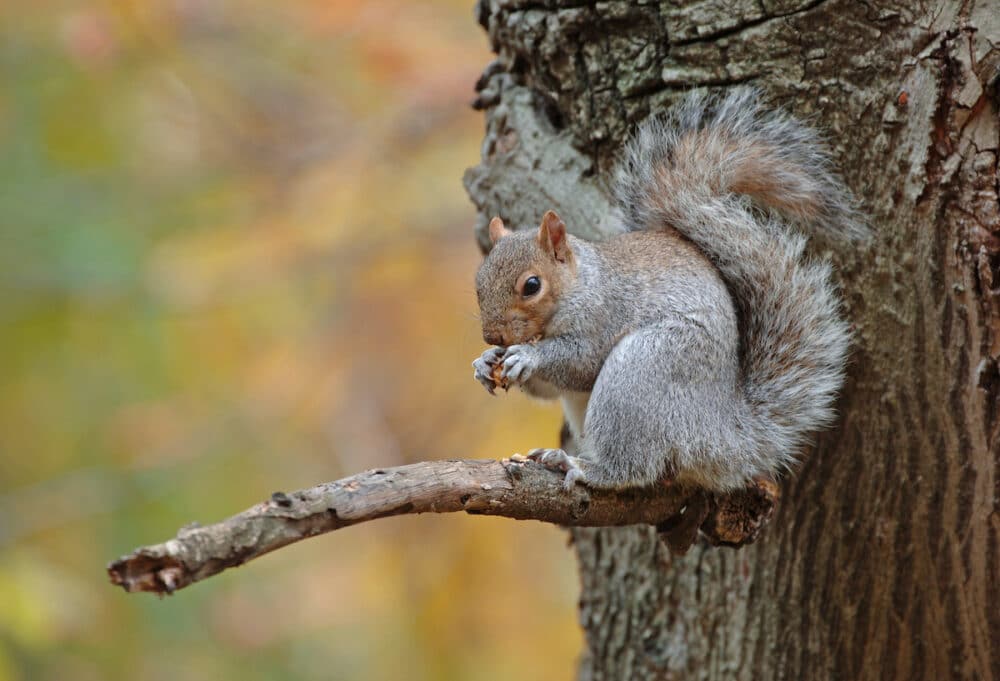
Summer: Food Abundance and Territorial Behavior
Peak Activity for Many Species
Summer provides an abundance of food for wildlife, and many animals spend this season eating and preparing for the leaner months ahead. With more daylight hours, wildlife activity often peaks in the early morning or late evening to avoid the midday heat.
- Foraging and Food Storage: Animals such as squirrels and chipmunks become more active in collecting and storing food. Bears, in particular, become more aggressive in their search for food during the summer months.
- Breeding and Raising Young: Many species are still focused on raising their young, meaning you may encounter baby animals, especially those that have started to leave their nests or dens.
- Territorial Behavior: With food sources being abundant, some animals may become more territorial. Birds, in particular, may aggressively defend their nests or feeding areas.
Challenges for Property Owners
With increased animal activity, your home or property may become more susceptible to wildlife intrusion. Raccoons, opossums, and other animals might seek shelter in attics or under decks, especially during extreme weather conditions like summer thunderstorms. Insects such as wasps, ants, and bees also thrive during summer, often creating nests in and around homes.
Our team at Covenant Wildlife is experienced in handling wildlife removal and exclusion in the summer months. We can help relocate animals and ensure your property is secure from unwanted visitors.
Fall: Preparation for Winter
Migration and Hibernation Preparation
As the days grow shorter and the temperatures begin to drop, wildlife prepares for the challenges of winter. Many species are busy storing food or traveling to warmer climates to survive the colder months ahead.
- Migration: Fall is a time of migration for many bird species, as well as some mammals like bats. Birds such as geese, swallows, and robins begin their journey south, often in large flocks.
- Food Gathering: Animals like squirrels and chipmunks increase their activity levels in the fall as they gather acorns, nuts, and seeds to store for winter. Deer are also more visible as they search for food to build up fat reserves.
- Hibernation Preparation: For hibernating species like bears, skunks, and groundhogs, fall is a time of intense eating. These animals need to consume large amounts of food to build up enough fat to sustain them through the winter. As a result, they may venture closer to homes or campsites in search of easy food sources.
Challenges for Property Owners
With animals looking for food and shelter, fall is a prime time for wildlife intrusion into homes. Squirrels may try to break into attics to store food. Bats and other small mammals might seek out quiet spaces for hibernation. Additionally, the increased deer activity can lead to more grazing in yards and gardens.
At Covenant Wildlife, we can help you prepare for fall by inspecting your property and sealing potential entry points. If animals have already made their way inside, we provide safe and humane removal services.
Winter: Survival and Shelter
Hibernation and Reduced Activity
Winter is a time of survival for most wildlife. With food scarce and temperatures low, many animals either hibernate or drastically reduce their activity to conserve energy.
- Hibernation: Animals such as bears, groundhogs, and some bats enter a state of hibernation to survive the cold months. They seek out quiet, warm spaces to sleep through winter, which can sometimes include attics, basements, or crawlspaces.
- Seeking Shelter: For animals that don’t hibernate, such as raccoons, opossums, and certain birds, finding shelter from the cold is essential. Many of these animals seek warmth near human habitats, often in attics, sheds, or garages.
- Limited Food Sources: With natural food sources scarce, animals like deer, rabbits, and birds may scavenge closer to human homes, seeking out bird feeders, garbage, or even ornamental plants.
Challenges for Property Owners
Winter can be a difficult time for homeowners as wildlife seeks warmth and shelter in homes. Rodents, such as mice and rats, are particularly problematic during winter as they attempt to enter homes in search of food and warmth. Similarly, raccoons, opossums, and skunks may take refuge under porches, decks, or in attics.
Covenant Wildlife is here to protect your home from winter wildlife intrusion. Our team can help you secure your property and humanely remove any animals that have taken up residence indoors.
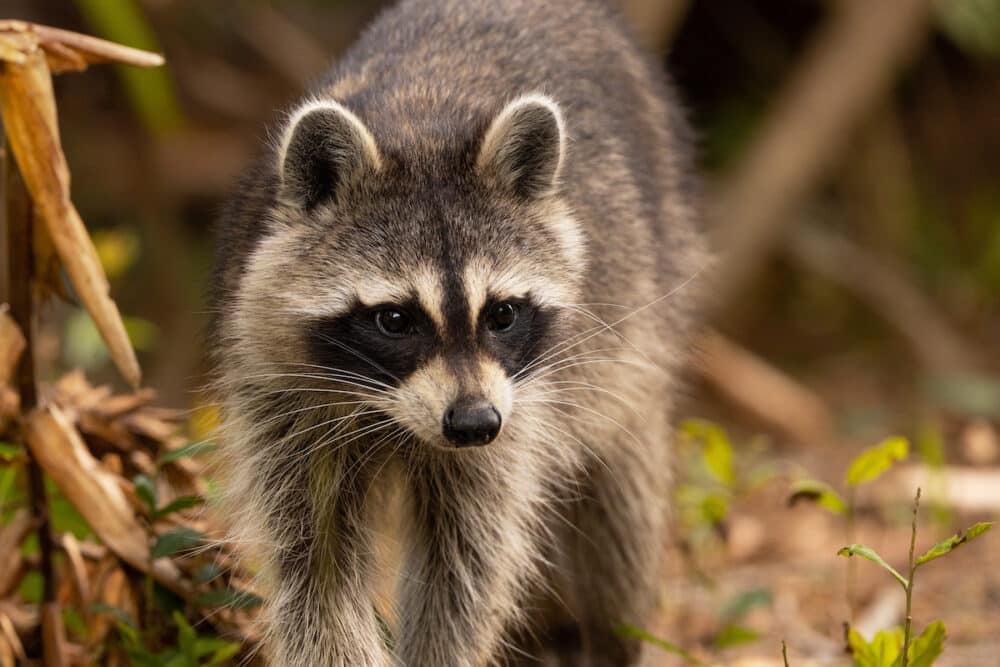
How Covenant Wildlife Can Help You Handle Seasonal Wildlife Activity
Seasonal changes bring unique challenges to homeowners when it comes to managing wildlife. From increased animal activity in the spring to the winter search for warmth and shelter, understanding how the seasons affect wildlife behavior can help you stay prepared and prevent conflicts. Whether you’re dealing with animals seeking food, nesting sites, or warmth, Covenant Wildlife offers professional services tailored to each season’s demands.
Our team provides:
- Seasonal Wildlife Inspections: We can assess your property to identify potential entry points for wildlife. We can also recommend exclusion measures before problems arise.
- Humane Wildlife Removal: If animals have already entered your home, we offer safe and humane removal solutions.
- Wildlife Prevention and Exclusion: We specialize in preventing wildlife intrusion by sealing entry points, installing barriers, and offering advice on landscaping practices that discourage wildlife from approaching your property.
- Damage Repair: If wildlife has caused damage to your home or property, our team can assist in repairing and reinforcing affected areas.
By staying proactive and addressing wildlife issues before they escalate, you can protect your home and ensure that both you and the local wildlife can coexist peacefully.
Call Covenant Wildlife for Support
As the seasons change, so too does wildlife activity. Whether animals are emerging from hibernation, preparing for migration, or seeking shelter from the cold, the dynamic shifts in behavior can lead to conflicts with humans. By understanding these seasonal patterns, homeowners can take preventive measures to safeguard their property and reduce wildlife intrusion.
Covenant Wildlife is dedicated to providing expert services that address these seasonal wildlife challenges. Contact us today to schedule an inspection, and let us help you manage the seasonal wildlife activity around your home.


